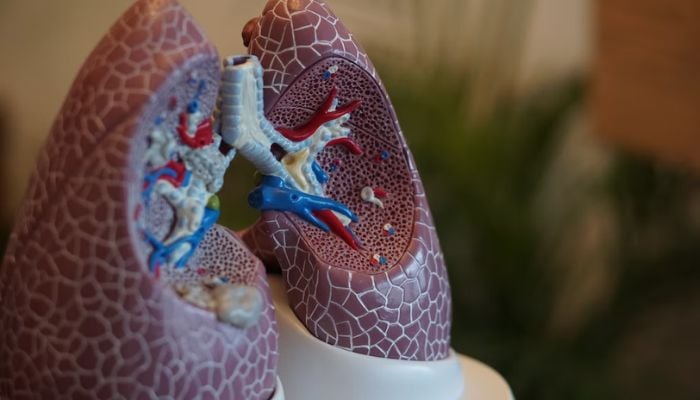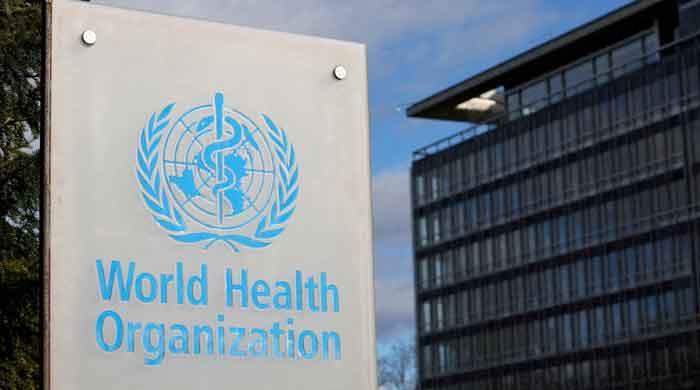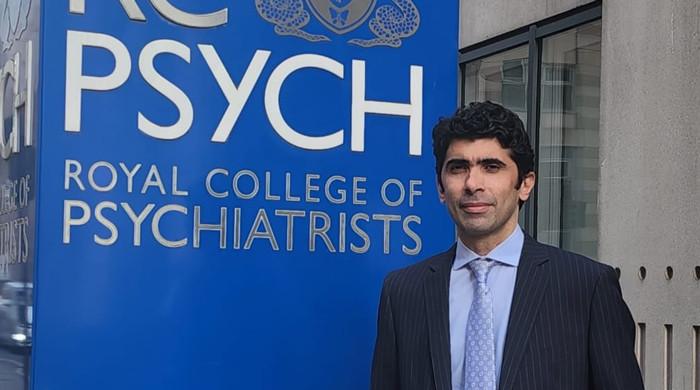Scientists explore breath test to detect lung cancer
Currently, CT scans are used to identify lung cancer and are made available to high-risk individuals
December 06, 2022

According to the Centers for Disease Control and Prevention, lung cancer is the third most frequent cancer in the US and has the highest mortality rate.
Lung cancer is frequently identified late, which results in limited treatment options, eventually contributing to the high fatality rate.
Researchers from the University of Louisville recently conducted a study, published in the journal PLOS One, that showed a newly created lung cancer detection test that might identify which Volatile Organic Compounds (VOCs) are more likely to be found in persons with lung cancer.
How is cancer currently detected?
Currently, CT scans are used to identify lung cancer and are made available to high-risk individuals.
There is a lot of active study into the early detection of cancer. From epigenetic testing, which can determine whether a person has ovarian, breast, or cervical cancer from cervical smear samples, to the GRAIL study, which published some of the findings from its attempt to produce a blood test that can detect cancer and where in the body it is from.
As more treatment options become available, researchers believe that earlier detection will help save lives and money.
Potential for using VOC
Another topic that has drawn some interest is the potential for using VOC measurements to find lung cancer.
According to Dr Mike Davies of the University of Liverpool, who studies lung cancer and collaborates closely with the lung cancer foundation Roy Castle Lung Cancer Foundation, volatile chemicals found in breath are not always caused by lung cancer tumours because chemicals are transported to the lungs by blood from all over the body.
“Chemicals released by any part of the body, including diseases or tumours anywhere in the body, actually flow around the blood system,” Medical News Today quoted him.
“And when they reach the lungs […] they will come out in the breath. A practical example of this is ketones so the breath you get with some of the diabetics, that’s the same kind of process in that it’s released in the blood system, and comes out in the breath,” he added.
The challenges
The difficulties in identifying and treating lung cancer were discussed by Prof Robert Rintoul, professor of thoracic oncology at Cambridge University, UK, in an interview with MNT.
“[T]he vast majority [of lung cancer patients], unfortunately, die of their disease. And the reason for that is all these people presenting with lung cancer, around about three-quarters of them [or 75%] present with advanced stage disease.”
The current study
In the current study, scientists created a technique to record 414 people's exhaled breath. These people included 193 healthy control subjects who were selected from the families of the lung cancer patients, 156 of who had untreated lung cancer, and 65 of whom had benign nodules in the lung.
The majority of lung cancer sufferers were either current or previous smokers. Eighty of the controls were never smokers, while 113 were current or past smokers. The lung cancer group was much older than the healthy control group.
The researchers employed machine learning to ascertain whether the VOCs found in cancer patients were related to their disease using exhaled air samples collected using a newly designed technology to detect the various types of VOC present.
In the PLOS One research, investigators claimed that this led to the discovery of a cluster of 7 VOCs that, when they appeared together, indicated the presence of lung cancer.











